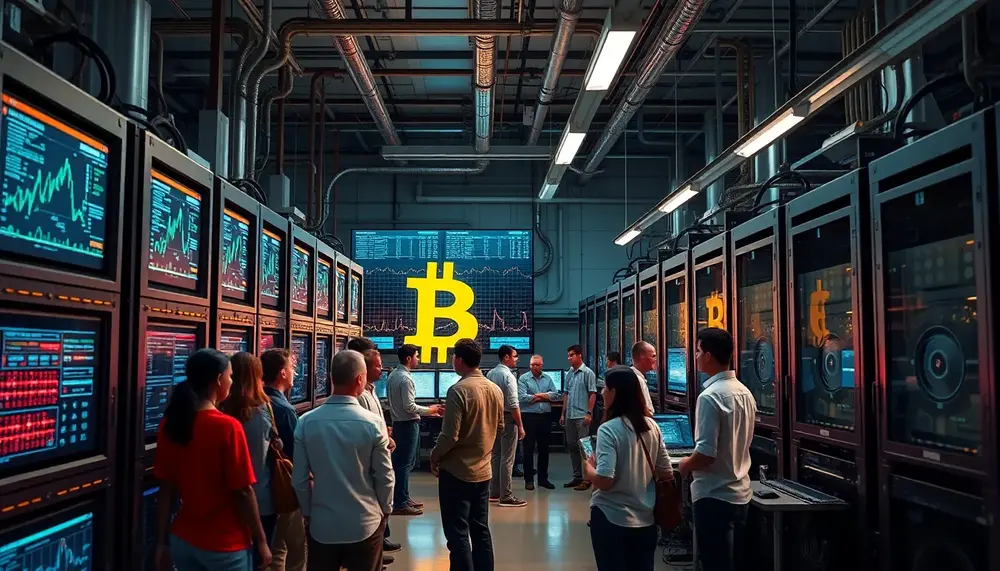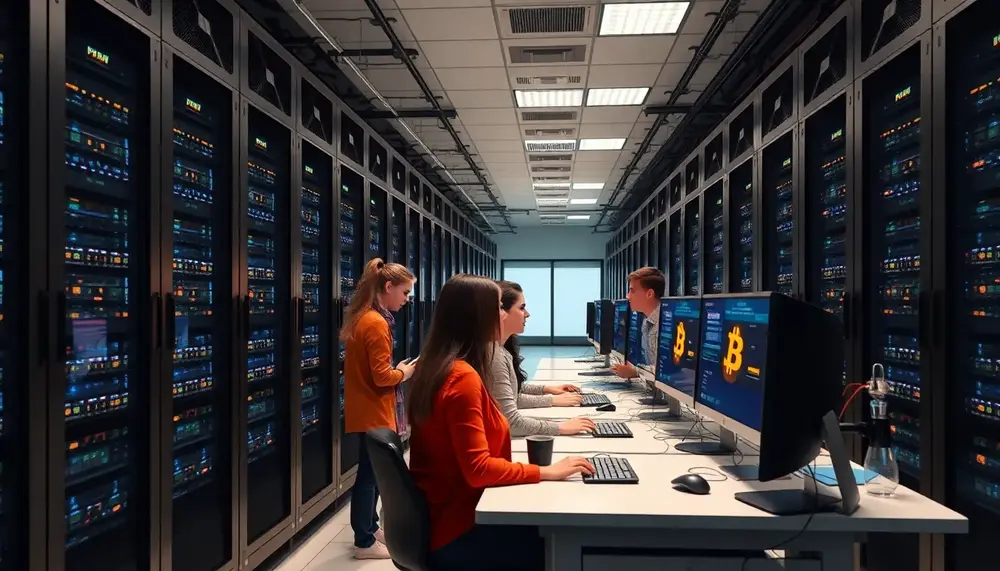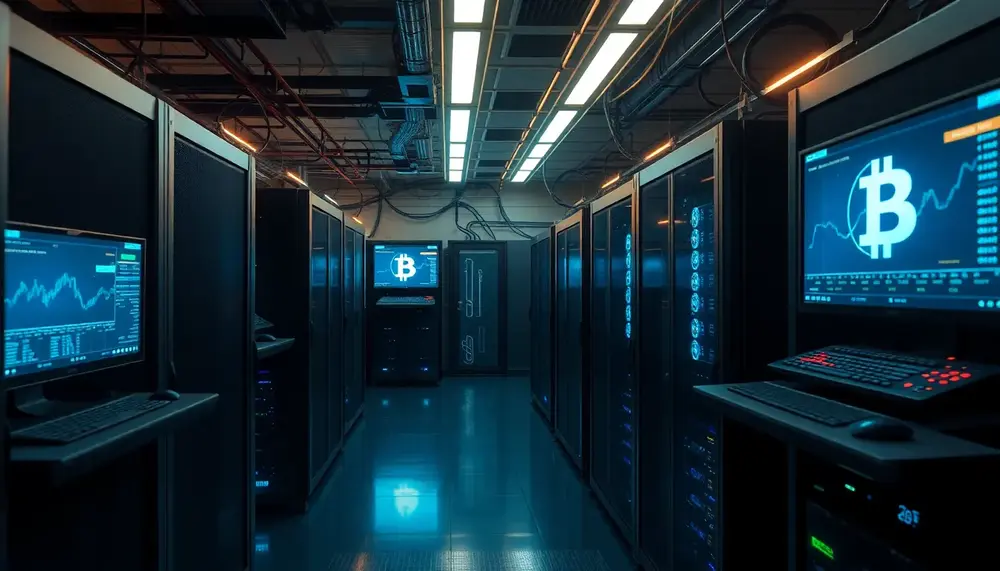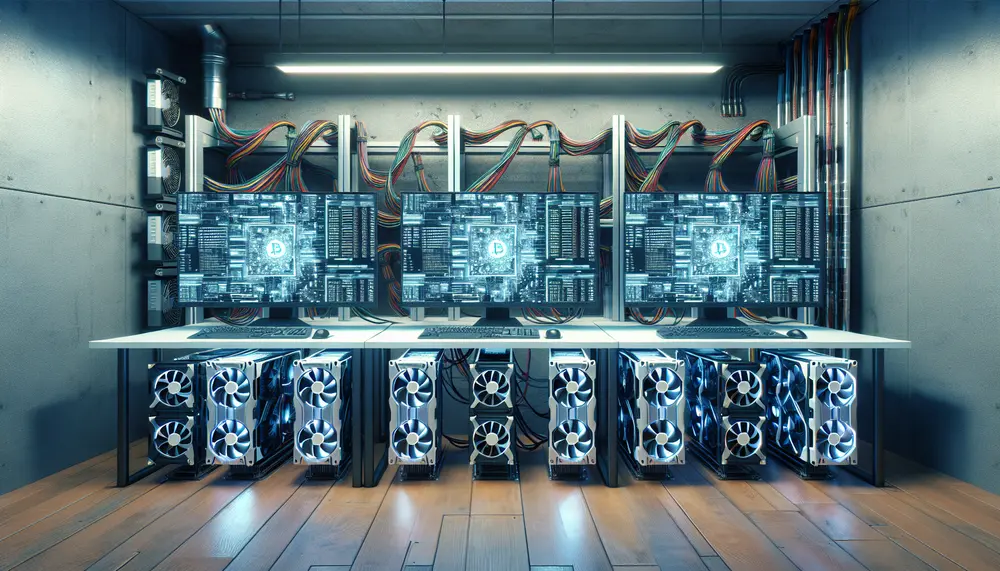Slush Pool
Slush Pool
As you delve deeper into the realm of Bitcoin mining, you might come across a term called "Slush Pool". For novices in the digital currency landscape, the terms can seem a bit overwhelming. This glossary entry is here to clear up your doubts about what a Slush Pool is and how it associates with Bitcoin mining.
What is Slush Pool?
The "Slush Pool" is known as the first ever available mining pool for Bitcoin. It was launched in the year 2010 under the name Bitcoin Pooled Mining Server. Later it was renamed as Slush Pool by its founder, Marek Palatinus, who is a pioneer in the Bitcoin industry based in the Czech Republic.
Functioning of Slush Pool
Understanding the operating mechanism of Slush Pool will bring out its cornerstone role in Bitcoin mining. It operates by allowing individual miners to join the pool and contribute their computing power. The Slush Pool then combines the computational resources of all members to solve complex mathematical problems. These are required to add new batches (or blocks) of transactions to the Bitcoin blockchain.
Score-Based Reward System
Another distinguishable feature linked with the Slush Pool is its score-based system. This system calculates how much computational power each participant contributes. The more power one provides, the greater score they earn. When a block is successfully mined, the Bitcoin rewards are then split among the pool’s participants based on their respective scores.
Importance of Slush Pool
The Slush Pool is significant in the landscape of Bitcoin mining. It has removed the barrier for individual miners who possess limited computational resources. It allows them to participate in the blockchain validation process. Thus, Slush Pool democratizes the mining process, making it accessible for everyone who wishes to take part.
Advantages / Disadvantages of Slush Pool
Joining a Slush Pool comes with its ups and downs. The resulting profits are evenly divided, which means that each miner's earnings are proportional to their contribution. However, one potential downside to note is that transaction fees associated with mining are also equally distributed. This may lessen your overall profit.
With this understanding of Slush Pool and its relevance in Bitcoin mining, you should now feel more equipped to dive into the exciting world of cryptocurrencies. Remember, knowledge is power, especially in this rapidly evolving domain!
Blog Posts with the term: Slush Pool

Mining pools allow miners to collaborate and increase their chances of earning rewards by pooling resources, making the mining process more accessible and decentralized. When choosing a pool, factors like fees, payment methods, reputation, size, and server location should be...

The article provides a comprehensive guide on using XMRig for Bitcoin mining, covering everything from setting up a wallet to configuring the software. It highlights XMRig's features such as cross-platform compatibility and support for both CPU and GPU mining, making...

Integrating with a mining pool allows individual miners to combine computational power for consistent rewards, and linking this setup with Coinbase streamlines converting mined coins into fiat currency securely. To integrate successfully, ensure you have the necessary tools like an...

Crypto mining involves validating and recording transactions on a blockchain network, requiring essential components like hardware, software, electricity supply, cooling solutions, security measures, financial planning, legal compliance, and staying updated with industry changes. Key elements include high-quality GPUs or ASICs...

Bitcoin mining pools allow miners to combine computational power for easier algorithm solving and shared rewards, with Reddit serving as a key platform for discussions on pool recommendations based on hardware compatibility....

Mining pools allow cryptocurrency miners to combine their resources for better chances of earning rewards, offering benefits like steady income and community support but also presenting challenges such as smaller individual payouts, fees, centralization concerns, and security risks. Despite these...

Mining pools, where miners combine resources to increase cryptocurrency rewards, are discussed extensively on Reddit for insights into profitability and efficiency. Factors like pool fees, reward systems, hash rate, network difficulty, and server location influence mining success; popular pools recommended...

The article introduces beginners to home Bitcoin mining, emphasizing starting with altcoins due to lower equipment requirements and suggesting joining a mining pool for better success chances. It covers the basics of cryptocurrency mining, choosing appropriate hardware like GPUs or...

The article provides a comprehensive guide to ZEC crypto mining, covering the basics of Zcash (ZEC) mining, necessary equipment, setup instructions for a mining rig, and tips for optimizing operations. It highlights the benefits of choosing ZEC due to its...

Mining pools are collaborative networks where miners combine computational power to increase block mining success, offering more predictable earnings and reducing payout variability; choosing the right pool involves considering factors like fee structures, payout methods, supported cryptocurrencies, and reputation....

Mining pools allow cryptocurrency miners to combine their computational power, increasing the chances of successfully mining a block and sharing rewards based on contribution. Various methods like Proportional Pools, Pay-Per-Share (PPS), and Pay-Per-Last-N-Shares (PPLNS) offer different approaches to task division...

Mining pools allow cryptocurrency miners to combine their computing power, increasing the chances of solving complex puzzles and earning rewards more frequently; they distribute earnings based on each miner's contribution while charging a small fee for maintaining infrastructure. Originating in...

Crypto mining in 2024 is characterized by rapid technological advancements, increased competition, and a focus on sustainability; new technologies like next-generation ASIC miners, quantum computing, advanced cooling solutions, AI integration, and decentralized mining pools are reshaping the industry. Profitability depends...

Crypto mining is the process of validating transactions on a blockchain network using powerful computers to solve complex mathematical problems, which secures the network and introduces new coins into circulation. Miners can choose between solo mining, where they keep all...

Crypto mining involves validating blockchain transactions using computational power, with miners earning cryptocurrency as a reward. Key considerations for successful mining include choosing the right cryptocurrency and hardware, selecting efficient software, and joining suitable mining pools to maximize profitability....
